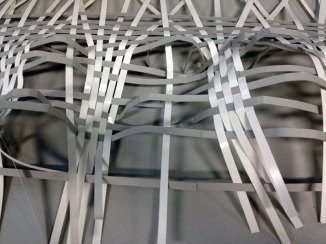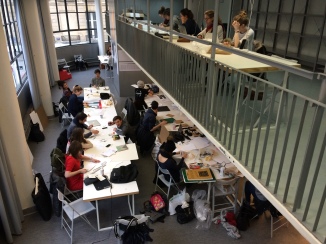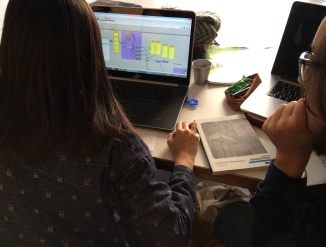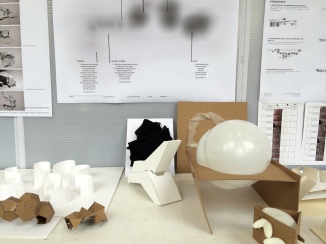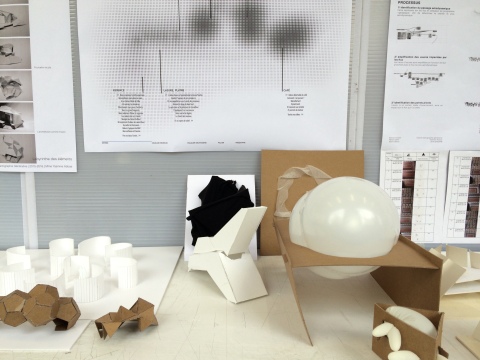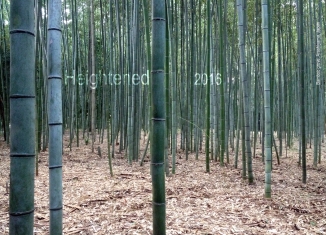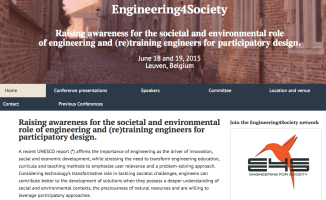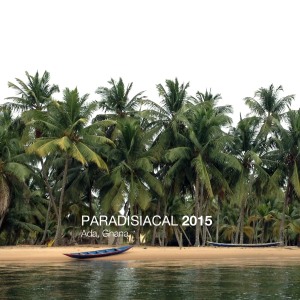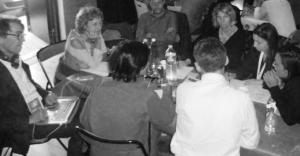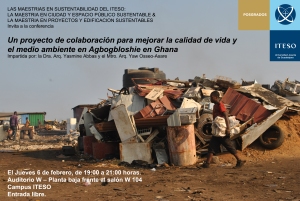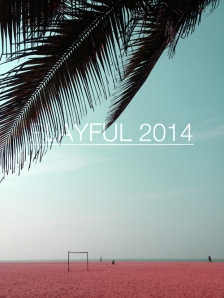Got selected to conduct, as visiting professor, an architecture workshop at Kyoto Seika University in Japan. Thank you to Prof. Takayuki Suzuki and the entire team at Kyoto Seika University for the warm welcoming.
The workshop aimed at exploring the architectural process by investigating generating and parameterizing ambiances through mapping mobile and sensory data. An ambiance results from the physical features, sensory data (humidity, smell, etc.) and the movement of people within (with different backgrounds and moods) space.
On a sunny day of early October, students conducted their observations in the Kyoto Station designed by famous architect Hiroshi Hara (1997).
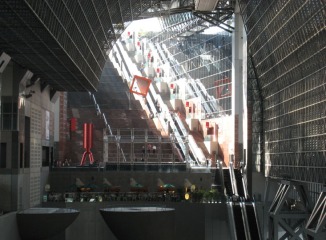
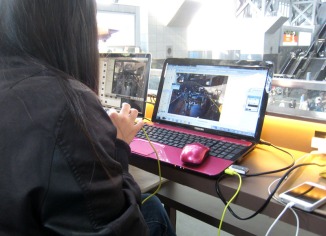
Teams observed for example that people waiting for others chose particular spots in the station, against a wall, nearby a column, protected from the wind as shown on the map below, which reveals the architecture without showing it (Map recorded by Maho Okada, Libai, Daiki Yanagihara and ESA exchange student Juliette Champêtre).

Others recorded movement in space and the “ballet” of people going around obstacles and created an animation – maps are dynamic! On the bottom right of the picture below, what looks like a wool ball represents the space taken by an individual waiting for someone.
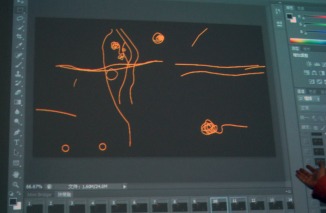
These observations led to ambiance-based architectural parameters (“architectural attractors” for example) that students could use to generate/parameterize new ambiances expressed through study models.

